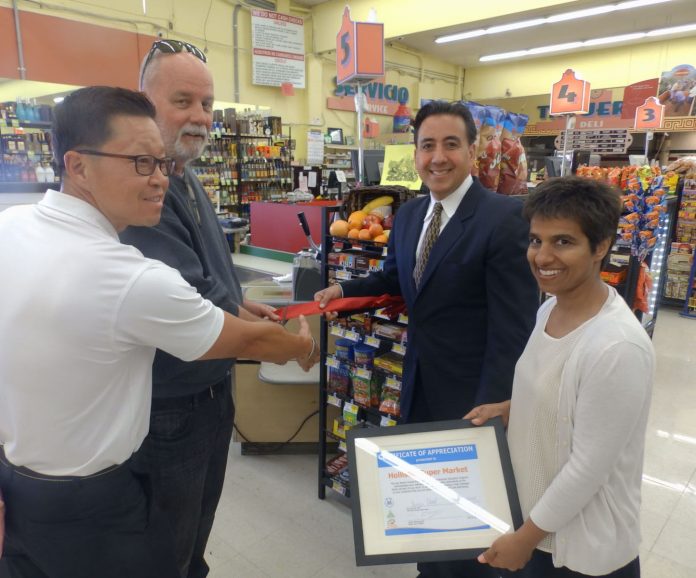
One of the first things I did when I started my tenure as health officer last July was to get information about our county. I read everything I could find about San Benito. I grilled everyone who would entertain my questions. What are our demographics? What makes us sick? Where do we get health care? And, because we now know that social and economic factors play critical roles in determining health outcomes: What is our unemployment rate? How many of our youth go on to higher education? Do families have support networks to tap into during difficult times? I was trying to create a cohesive picture in my mind of who we are and what problems we face, a picture which would then lead to prioritizing the work ahead.
After 9 months of immersing myself in meetings, committees, commissions, and county events, I believe I have the county snapshot I was seeking. I am happy to report that San Benito is doing very well on a number of measures. I will share both those areas and some opportunities for improvement in this report. Because I cannot comment on all or even most measures of health here, I encourage you to visit the websites below for additional information.
Every spring since 2010, the Robert Wood Johnson Institute has published health information about nearly every county in the US, including ours [http://www.countyhealthrankings.org/].This year, we ranked 10th in health outcomes out of 58 California counties. Not as high as the second or third place we achieved in earlier years, but still respectable and significantly ahead of the curve. Both our overall death rate and our death rate due to all cancers are lower than the state averages. Our death rates due to colorectal cancer, lung cancer and breast cancer also appear to be lower than the state average, but these numbers are less reliable due to the small size of our population. Our deaths due to coronary heart disease, a major cause of illness and death across the U.S., are also significantly lower than the state average.
And now the bad news: The above analysis shows that the death rate due to cerebrovascular disease (strokes) is significantly higher in San Benito County than in California as a whole. We have more chlamydia than most counties in the state, and our rate is increasing. The Centers for Disease Control and Prevention (CDC) and the Community Dashboard also track many health variables and post their data online at http://wwwn.cdc.gov/CommunityHealth and http://benitolink.com/community-dashboard. They report a low number of primary care providers here, no doubt due to our rural location. And I’m sure no one will be surprised to hear that we have high housing costs. This leaves less money left over for high quality food and other essentials for healthy living, particularly when combined with a high unemployment rate.
Most alarming to me are the staggering rates of overweight and obesity which both the CDC and Community Dashboard report. About half of both 5th and 9th graders in San Benito are overweight or obese, and we know that overweight kids are likely to become overweight adults. Seventy six percent of San Benito County adults are overweight or obese, and about 40% are obese. When broken down by ethnic group, nearly 9 of 10 adult Latino residents are overweight or obese, and nearly 6 of 10 are obese. This bears repeating: Half of our kids, the vast majority of our adults, and nearly all of our Latino adults are overweight or obese. This leads me to conclude that the weight crisis is the number one public health problem facing San Benito County today, and could remain so for decades into the future.
Now that you and I both have the data, the real challenge begins. How can we work together to elevate the health and well-being of our community? How can we make the healthy choices the easy choices for everyone to make? I ask each of you to join me in creating a community that fosters wellness, and particularly that addresses our public health epidemic of obesity. We can’t wait for a miracle diet or pill; they don’t exist and probably never will. It’s up to us to find a solution, and our lives literally depend on it.
It starts with small steps. Enjoy the incredible bounty from our fields and orchards while moving towards a plant-based diet. Encourage your children to drink water instead of sugar-sweetened beverages. Talk to your city council members about investing in bike paths and trails. You don’t need to run a marathon to be fit—walking, gardening, dancing, and even having (protected!) sex all burn calories. Every step you make towards change, no matter how small, is a step in the right direction. And at this point in the problem, do we really have any alternative?
Dr. Anju Goel is the health officer in San Benito County.









